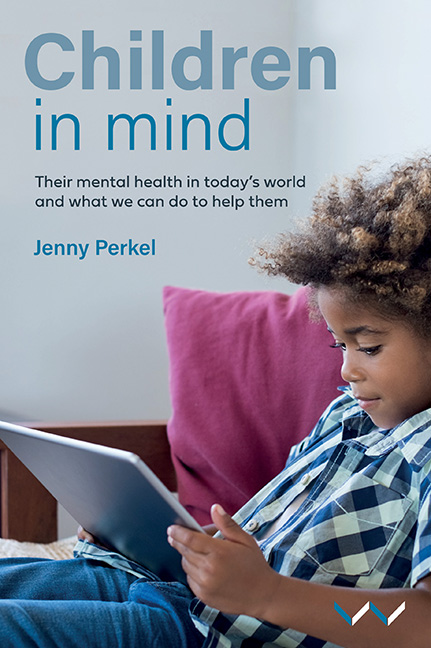10 - When Children Don’t Go Outside and Play
Published online by Cambridge University Press: 26 May 2022
Summary
Many of the children I see in my consulting rooms do not have abusive parents and they are not experiencing great hardship. They are not suffering due to poverty, hunger or highly dysfunctional dynamics in the family. Their parents generally do not suffer from serious psychopathology – indeed, they are often highly dedicated to their parenting role and involved in their children's lives. But I have noticed a common theme about the lifestyle of these children.
There is a lot of indoor time and much of it is spent in front of a screen. The lifestyle is generally sedentary and involves relatively little physicality. Adventures away from the home and away from the parents are rare, especially if they involve any risk. Time outdoors is limited, and when it happens it is carefully regulated. Crime and the obvious dangers of being outside on the streets account in part for this lifestyle. But it appears that indoors in front of screens is where the children mostly want to be. The Covid-19 pandemic has exacerbated this, and lockdown and quarantine measures have enforced it to some extent. There has been a necessary but concerning retreat behind walls into safety.
David Frye's book, Walls: A History of Civilisation in Blood and Brick, is a useful reminder about the purposes and the unexpected consequences of building walls. Frye noted that walls might indeed provide security for the frightened, educated people inside them. However, they are doomed to fail, and the personal costs of building walls to protect against the dangerous barbarians outside include the loss of much-needed freedom and an ever-weakening mind and body, all of which seem to spiral into further fears about safety. It appears that, with regards to modern children, walls are often necessary but problematic. They can sometimes protect children from threats that include the spread of disease (Covid-19), criminals, child molesters and the harmful rays of the sun. But today's children seem to live in cages of fear, and the outside world, with all of its risks, is viewed as dangerous.
Most parents that I talk to are concerned about this sedentary, indoor, digital lifestyle in which their children are trapped. They are faced with constant battles to get their children off their screens and into nature.
- Type
- Chapter
- Information
- Children in MindTheir Mental Health in Today's World and What We Can Do to Help Them, pp. 119 - 125Publisher: Wits University PressPrint publication year: 2022



